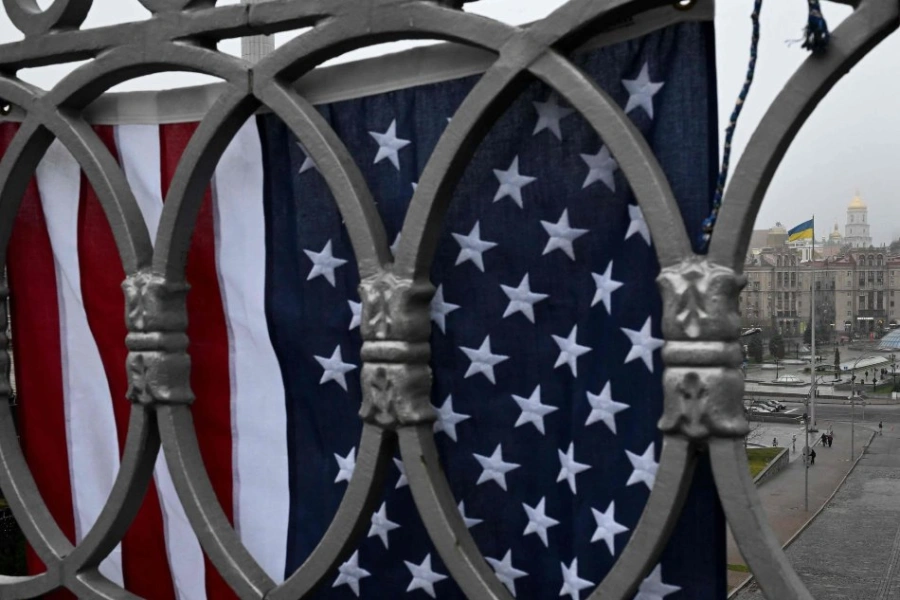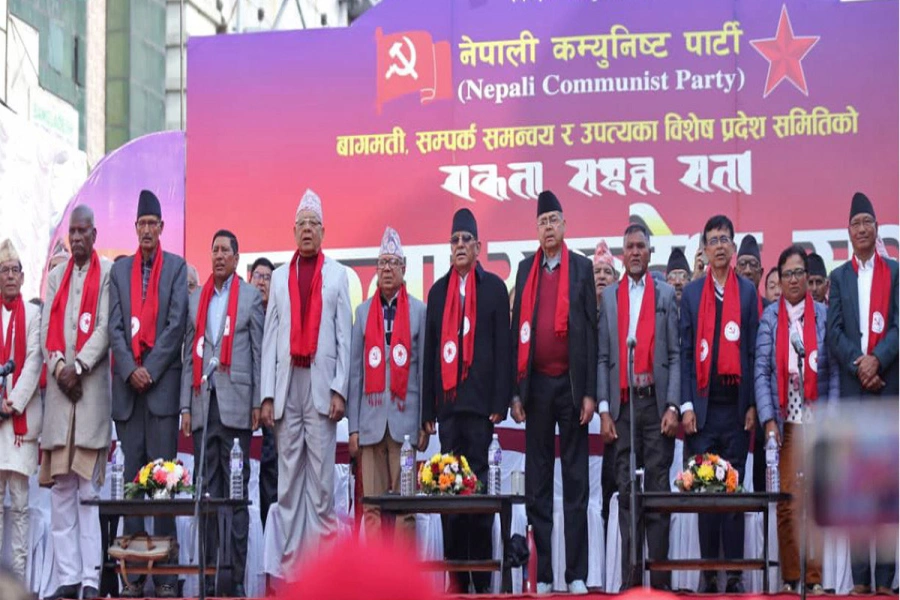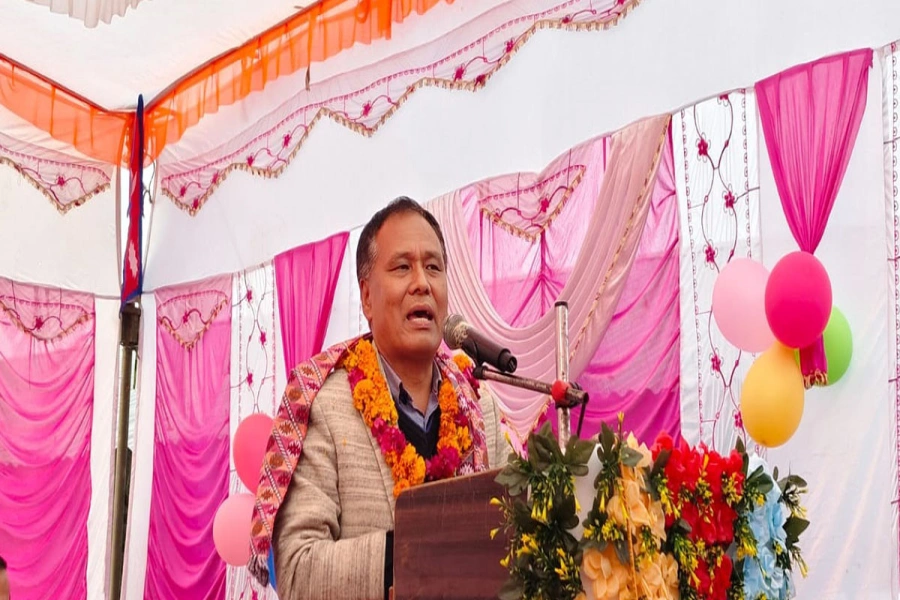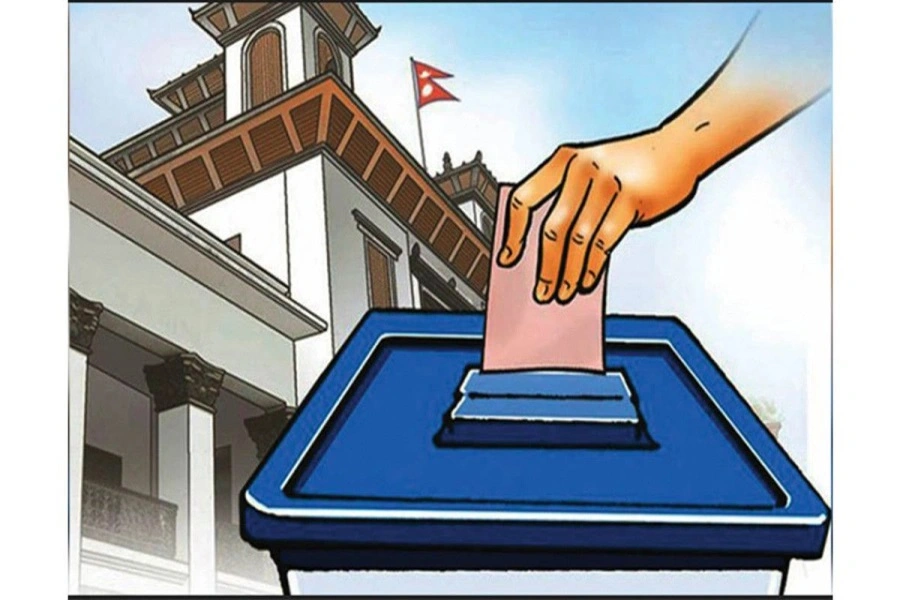KATHMANDU, June 28: Nepal Rastra Bank (NRB) is considering enforcing expansionary monetary policy with an improvement in a number of macroeconomic indicators of the country of late.
According to NRB officials, the central bank is likely to endorse the monetary policy for the fiscal year 2023/24 with the aim of supporting the government’s economic growth target of six percent.
“As the liquidity position of the banks has improved and the interest rate is in the downward trend amid economic slowdown, the central bank in no way should stick to a tight monetary policy,” said Prakash Shrestha, executive director of the NRB.
The NRB is most likely to implement its monetary policy within the next two weeks. The central bank, for the purpose, collected public opinions by giving the deadline of last Sunday.
Revised interest rate corridor system introduced

The NRB is expected to allow banks to increase private sector lending to up to 15 percent. Citing the soaring consumer price, the central bank had limited private sector lending to only 12.6 percent for the current fiscal year.
As of mid-May, the country had a balance of payments surplus of Rs 214.67 billion. The remittance inflow has been in an upward trend. With an improvement in the external sector indicators, the country has foreign currency reserve sufficient to finance import of goods and services for around 10 months.
According to NRB officials, the major challenge at present is to control the escalating inflation rate. In the review period, the inflation rate stood as high as 7.41 percent. However, the declining interest rates in banks’ loans could help minimize the inflation rate.
For the next fiscal year, the government has set a target of economic growth at six percent. The budget expects to tame the inflation rate at 6.5 percent.
The private sector has been pressurizing the NRB to bring down the lending rate of banks to a single digit. However, the bankers have cautioned the apex monetary institution about the possible risks if the interest rates take a nosedive. At a very low interest rate, there will be a risk of an increase in unproductive spending, which might take the liquidity position into crisis again, according to the bankers.
BFIs now have excess liquidity
The banks are overwhelmed with excess liquidity due to increased deposits amid low issuance of loans.
The records with Nepal Rastra Bank (NRB) show that the deposit collection of the banks and financial institutions (BFIs) increased by more than Rs 100 billion in the past two and a half months. The deposit collection increased from Rs 5.473 trillion as of mid-April to Rs 5.583 trillion as of Monday.
On the other hand, the loans issued by the BFIs stood at Rs 4.863 trillion. As a result, the credit-deposit ratio has gone down to as low as 83.92 percent.
With an increase in liquidity in the banking system, the interbank lending rate has fallen to 2 percent from 8.5 percent earlier. Likewise, the banks have almost stopped using the Standing Liquidity Facility (SLF) provided by the NRB for the past three months. Previously when the banks faced an extreme liquidity crisis, they used to utilize the SLF on a daily basis.





































